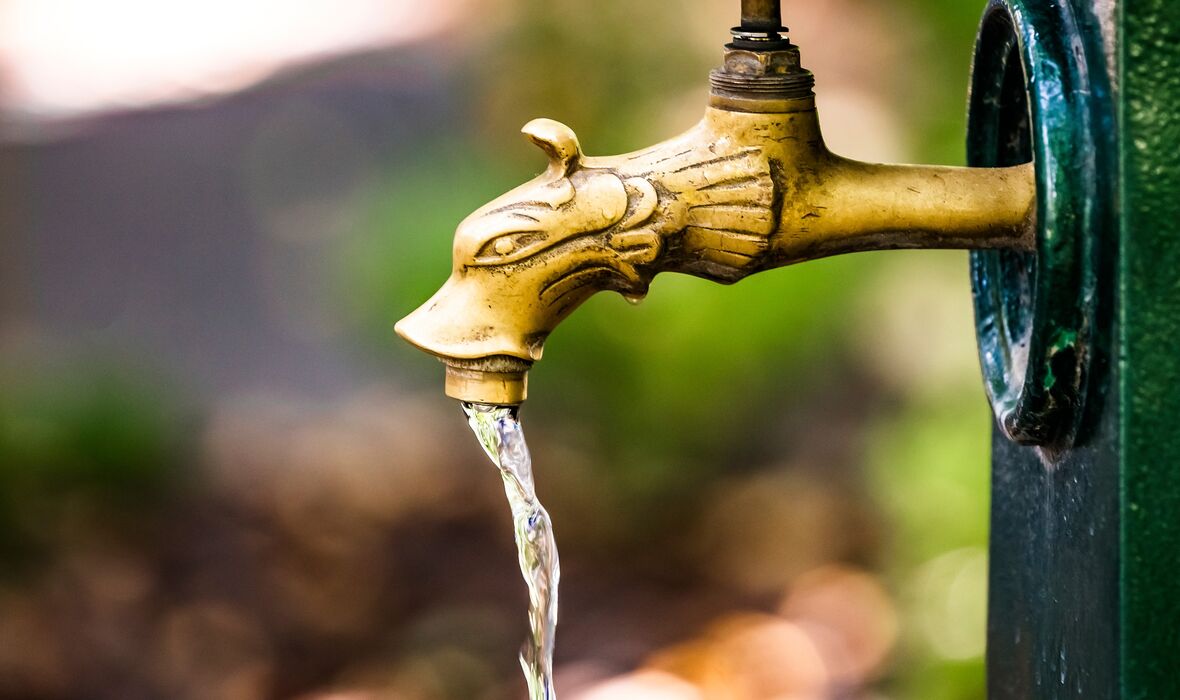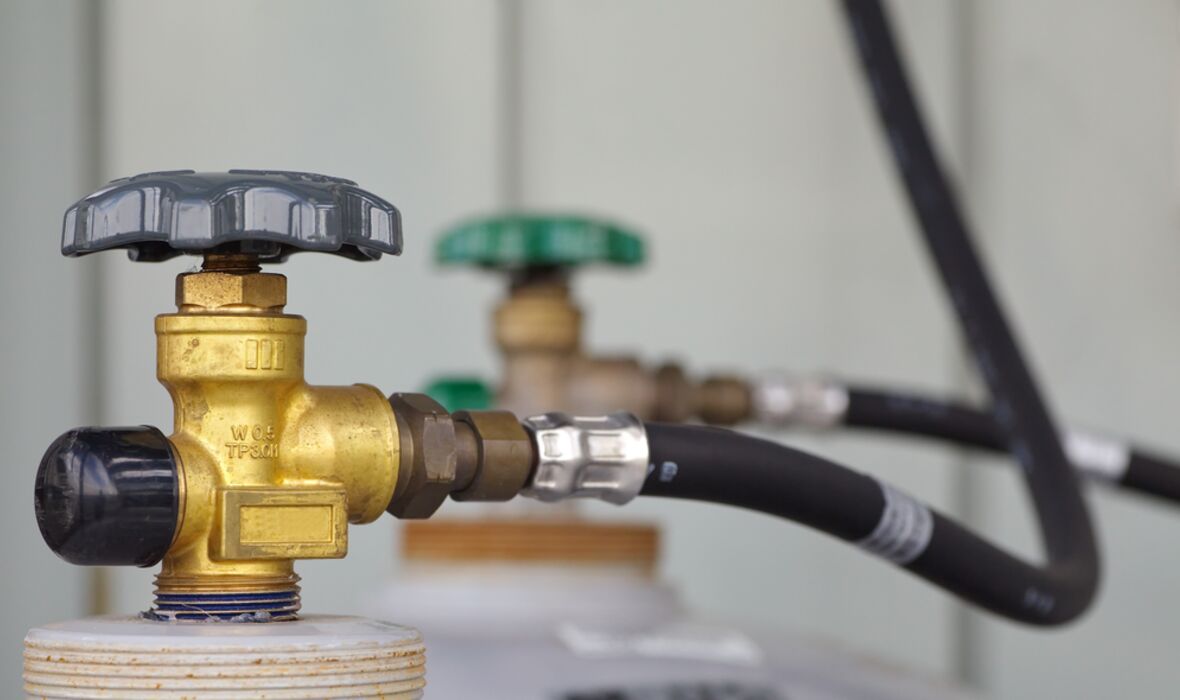One of the first and most important steps when setting up your RV at a campground is connecting to shore power. If you're new to RVing, the idea of plugging your rig into a big power source can seem a little intimidating—but with the right steps and safety checks, it's simple and essential for a comfortable camping experience.
This guide—based on expert advice from Go RVing’s Electric 101 video and additional resources from the RV Technical Institute—will walk you through everything you need to know about hooking up your RV’s electricity at the campground.
Why Hook Up Electric First?
When you arrive and get leveled at your site, hooking up your RV’s power should be your first utility connection. Why?
- Comfort: Getting your power on early allows you to start using essential appliances like lights, air conditioning, and kitchen gadgets right away.
- Slide-Outs: If your RV has slide-outs, they often work more reliably when powered by shore power rather than your battery system.
- Battery Charging: Plugging in right away ensures your RV’s battery system begins charging as soon as possible.
What You Need for a Safe Electrical Hookup
Before you get started, make sure you have the following essential gear:
-
Surge Protector (Highly Recommended!)
-
A surge protector is your first line of defense. It helps protect your RV’s electrical system from:
-
Power surges (e.g., lightning strikes)
-
Low-voltage situations (common in older campgrounds)
-
- Recommended Product: Progressive Industries Portable EMS-PT30X for 30-amp RVs or EMS-PT50X for 50-amp RVs.
-
-
Appropriate Power Cord
- RVs generally use either a 30-amp or 50-amp power cord. Check your RV’s manual if you’re unsure.
- Extension cords made for RVs can help if the pedestal is far away, but always use one rated for your amp type.
-
Adapter (Dogbone Adapter)
- If the campground doesn’t have the exact plug you need, a heavy-duty adapter lets you safely connect a 30-amp rig to a 50-amp outlet or vice versa. Always avoid using cheap or damaged adapters.
Step-by-Step: How to Hook Up Your RV Power
1. Turn Off the Power at the Pedestal
- Why: This is the #1 safety step to prevent arcing or accidental shocks.
- Find the breaker at the campground’s power pedestal and make sure it’s switched off before you do anything else.
2. Plug in Your Surge Protector
- First, plug your surge protector into the pedestal outlet.
- Flip the breaker on briefly to test. Most surge protectors have indicator lights:
- Green = Good to Go
- Red or Error Light = Issue detected (e.g., miswired pedestal)
- If the test fails, alert campground staff and do not connect until it's fixed.
3. Connect Your RV Power Cord
- With the breaker off again, plug your RV’s power cord into the surge protector.
- Make sure the plug is fully seated and secure.
4. Turn the Power On
- Flip the breaker back on at the pedestal.
- Now your RV should be fully powered up! Check that your key systems (like lights and air conditioning) are working.
Important Safety Tips for RV Electrical Hookups
- Never Skip the Surge Protector: Even if you’re in a newer campground, electrical issues happen.
- Use Only RV-Rated Cords and Adapters: Household extension cords are not safe for RVs.
- Check Your Amperage: Plugging a 30-amp RV into a 50-amp pedestal without a proper adapter can damage your system.
- Don’t Overload Your System: Be mindful of what appliances you run at the same time to avoid tripping breakers.
Troubleshooting Common Problems
- Low Voltage: If your appliances struggle or lights flicker, unplug and report the issue. Running on low voltage can burn out RV appliances over time.
- No Power to RV: Check the pedestal breaker, make sure your surge protector lights are good, and double-check your RV’s internal breakers and fuses.
- Power Trips Repeatedly: This might mean you’re drawing too much power—turn off some appliances and reset.
A Few Bonus Tips
- Test Your Systems Before Leaving Home: Just like water hookups, practice hooking up your electric at home (using a proper adapter or power source) so you’re confident at the campground.
- Label Your Gear: Keep your 30-amp cords, adapters, and surge protectors labeled and stored in a dry compartment.
- Know Your Power Needs: A basic understanding of how many amps your appliances use will help prevent tripping breakers.
Learn More with the RV Technical Institute
Hooking up your RV’s electricity is just one part of a successful camping setup. If you’re new to RVing, the RV Technical Institute (RVTI) offers hands-on and online training to help RV owners master all of their rig’s systems. Visit rvti.org to learn more and build your confidence as an RV owner.
For more beginner-friendly videos and tutorials, head to GoRVing.com to keep learning and exploring.












